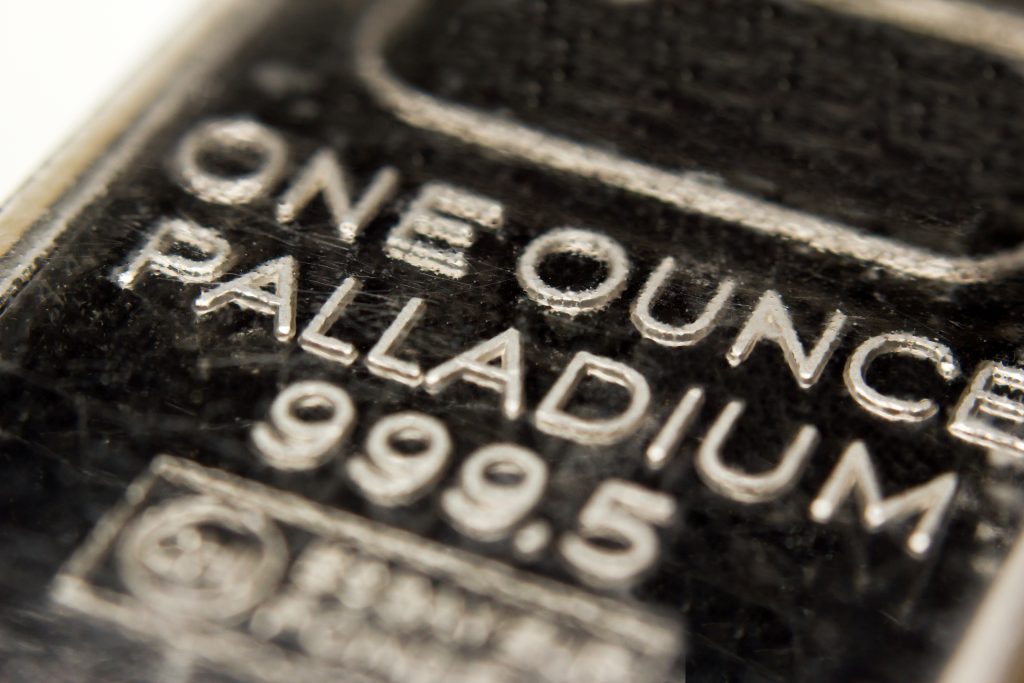Palladium’s slide from record high hits solid floor

LONDON, April 10 (Reuters) – Palladium’s 20 percent fall from its January record high has put the metal in bear market territory, but strong chart support and tightness in the underlying market suggest it has hit a solid floor more than 40 percent above its 10-year average.
Palladium, the most industrial of the major precious metals, jumped more than 3 percent on Monday, having tumbled to eight-month lows over the previous weeks on concerns over the prospect of a U.S.-China trade war.
That had sparked a wave of long liquidation, knocking managed money positioning on the NYMEX futures market lower.
“China is a massive user of palladium in the auto sector, and the United States is probably the second biggest user,” Mitsubishi analyst Jonathan Butler said. “When you have talk between those two countries of slapping punitive tariffs on things like vehicle imports, it does raise fears that this very strong demand we’ve seen is going to weaken.”
The speed of its retracement was in part a reflection of its very strong performance last year.
In 2017 palladium was the stand-out precious metal, climbing 56 percent and moving into a record premium over platinum of nearly $155 an ounce.
At the all-time high of $1,138 an ounce it hit in January, its price was more than double its level of two years previously following a surge in bets on higher prices among Nymex managed money position holders.
Since then it has slumped by a fifth, but the metal has hit a solid band of technical support in the $910/900 area. From there it bounced strongly on Monday, helped by news of sanctions on major producer Russia, which prompted some speculators to move back into the metal.
Societe Generale’s technical team flags up the highs from August 2014 and June 2017 and the 23.6 percent Fibonacci retracement of the metal’s rally from 2008 lows to record highs, all of which converge in that region.
“Palladium should find support at $900,” the bank’s head of technical analysis Stephanie Aymes said. “The short-term ongoing rebound could fetch the 200-day moving average at $973/980, and this will decide on the extension (or not) of the recovery.”
The underlying shortfall between supply and demand is also expected to reassert itself at the $900 an ounce level.
The market has been in deficit for the last decade, and GFMS analysts at Thomson Reuters expect that to persist at least through next year, to the tune of more than 1.5 million ounces annually.
Even the most palladium-negative analysts expect perceptions of market tightness to arrest the market’s slide near current lows, well above its average over the last decade of $635.
“We would expect palladium to stabilise around $850-$900 or so over the next 12 months, (supported by) the fact that the supply/demand balance is still pointing towards undersupply,” Julius Baer analyst Carsten Menke, the most bearish respondent on palladium in Reuters’ January precious metals price poll.
(Reporting by Jan Harvey, editing by David Evans)
{{ commodity.name }}
{{ post.title }}
{{ post.date }}

Comments